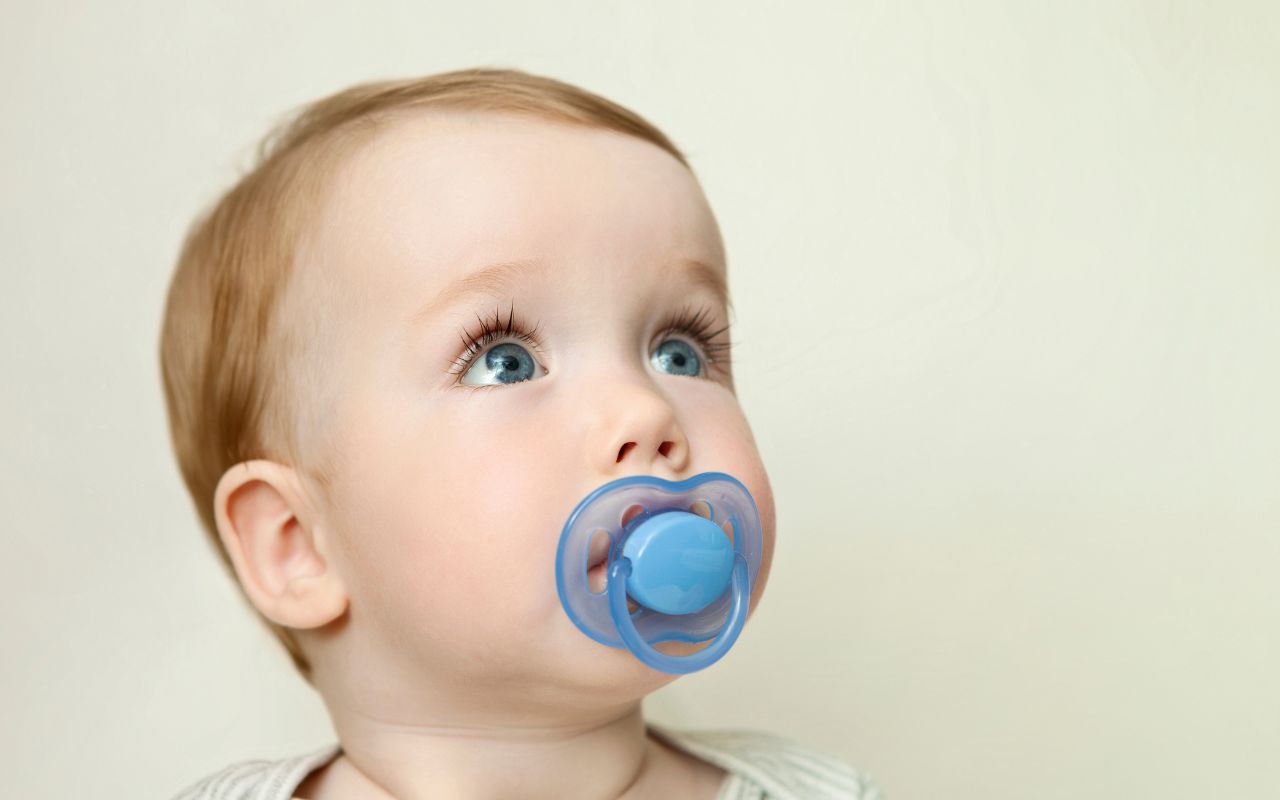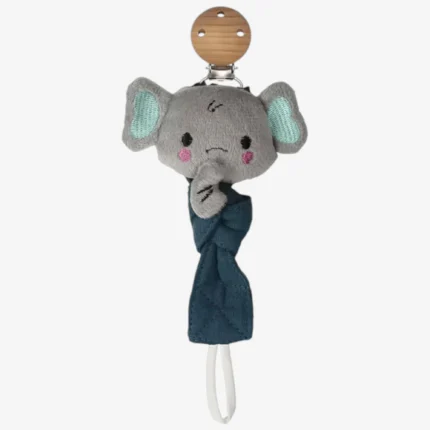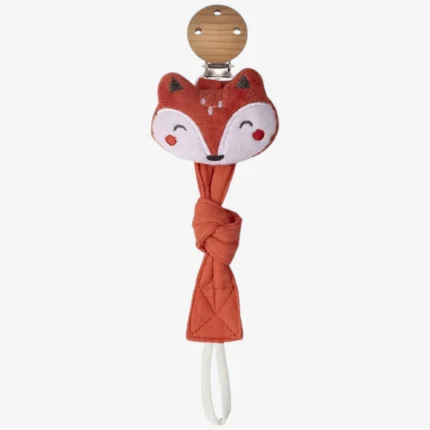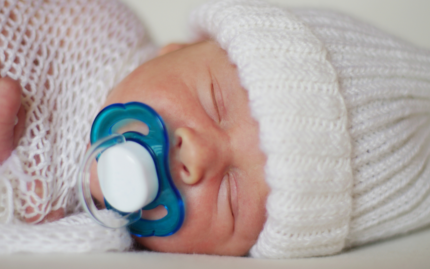Blog
How Often Should You Replace Dummies?

When it comes to your baby’s comfort and safety, knowing how often to replace dummies is key. While they might look fine on the outside, dummies can wear down quickly – and that wear isn’t always visible.
Experts recommend replacing baby dummies every 4 to 8 weeks, even if they still look okay. Why? Because over time, materials degrade, bacteria build up, and small cracks can become big safety risks. In this guide, we’ll walk you through everything you need to know about dummy replacement – plus handy tips on dummy clip safety and when to replace those too.
🕐 When Should You Replace Your Baby’s Dummy?
Most manufacturers and healthcare professionals agree: replace dummies every 4–8 weeks, depending on how often they’re used and how strong your little one’s suction is. Babies who use their dummies a lot (or have a powerful suck!) may need them replaced more often – sometimes even before the 4-week mark.
For peace of mind, a good rule of thumb is to swap them out monthly. It’s easy to remember, and you’ll never go too far past the safe usage window.
💡 Pro Tip: Set a recurring reminder on your phone for the same day each month – “New dummy day!”
🚨 Signs a Dummy Needs Replacing Immediately
Even if it’s not been long, some dummies need ditching right away. Always inspect your baby’s dummy before use, especially if they’ve had it a while. Look out for:
- Bite marks or teeth indentations
- Cracks or tears in the teat
- Teat becoming sticky or thinning
- A loose teat or shield
- Cloudiness or discolouration
Any of these signs could mean your dummy is no longer safe – and a potential choking hazard. If in doubt, bin it and replace it.
🧼 Hygiene Matters: Why Regular Replacement is Essential
Even if you clean your baby’s dummy daily, over time, bacteria can build up in tiny cracks and microscopic pores in the material – especially in natural rubber dummies. That bacteria is hard to remove, even with sterilising.
The longer you keep a dummy, the less hygienic it becomes, which could lead to tummy bugs or mouth infections. Regular replacement helps reduce these risks.
If you’re using natural rubber dummies, bear in mind they degrade faster than silicone – and can even break down in storage. Best not to bulk buy!
🔍 What Affects Dummy Lifespan?
A few factors influence how long a dummy stays safe:
- Material type – silicone lasts longer than natural rubber
- Cleaning and sterilising methods
- Storage conditions
- Frequency of use
- Baby’s bite strength
The more wear and tear a dummy goes through, the sooner it’ll need replacing.
🤔 Silicone vs Natural Rubber Dummies: Which Lasts Longer?
Not all dummies are created equal.
- Silicone dummies are more resistant to heat and saliva, and usually last longer. They hold their shape well and don’t absorb smells or colours as easily.
- Natural rubber dummies are softer and more eco-friendly but tend to stretch, discolour, and break down faster. They can become sticky over time and should be replaced more frequently – even if unused.
🧵 What About Dummy Clips?
We all love the convenience of a dummy clip (especially when they save us from endless dummy rescues!). But these handy accessories need care too.
🛠️ When to Replace Dummy Clips
Inspect dummy clips regularly, ideally each time you replace your dummy. Look out for:
- Frayed fabric or worn ribbon
- Loose clips or stitching
- Weak clasps
- Peeling paint or discolouration
- Parts that could come loose (a big choking risk!)
If you spot any of these signs, it’s time for a new one. Safety first!
Looking for a safe and stylish upgrade? Take a look at our range:
🧽 Cleaning Tips to Extend Lifespan (But Not Forever!)
While cleaning helps keep dummies fresh between replacements, it’s not a substitute for changing them regularly.
🧼 Daily Cleaning Routine:
- Wash in warm soapy water, rinse well
- Sterilise daily using steam, boiling water, or cold-water sterilising solution
- Let them dry completely before storing
Note: Not all dummies are dishwasher-safe. Always follow the manufacturer’s cleaning instructions.
Want to know more? Here’s our full guide on how to clean and sterilise dummies properly.
👶 Special Considerations by Age
Newborns & Premature Babies
In hospital settings, dummies are used carefully and replaced frequently to support things like feeding development and comfort. Neonatal dummies are often colour-coded by gestational age and size – and replaced much more often.
Babies 8 Months+
Around this age, experts suggest beginning to wean off dummy use. It’s also when dental development and speech start becoming more relevant, so cutting back is a good idea. If your baby is still using dummies, stick to the 4–8 week replacement rule.
Final Thoughts
In short? Replace your baby’s dummy every 4 to 8 weeks, or immediately if you notice damage. Check dummy clips just as often and don’t hesitate to swap them if anything looks worn.
By staying on top of replacements and inspections, you’re helping protect your baby from potential risks — and keeping those comfort moments safe and soothing.






